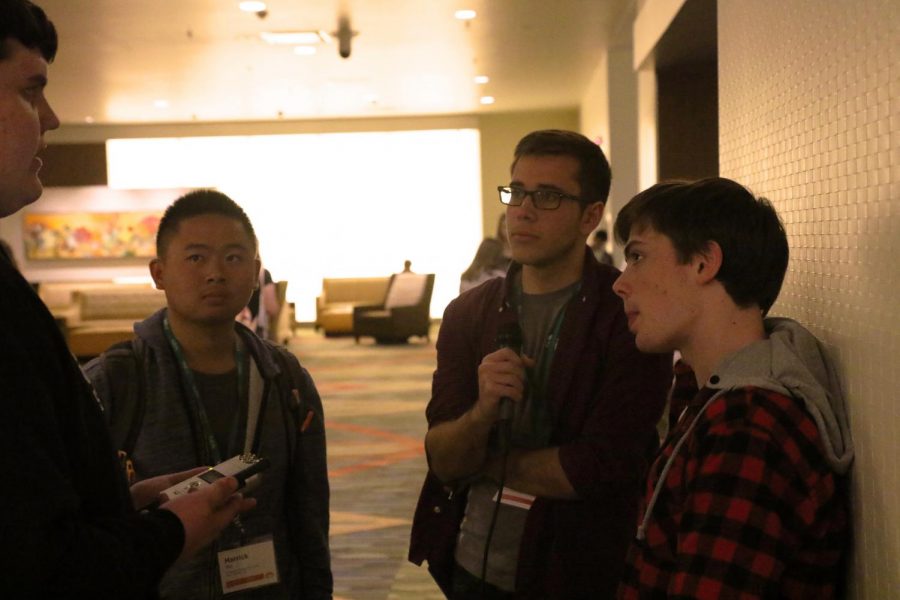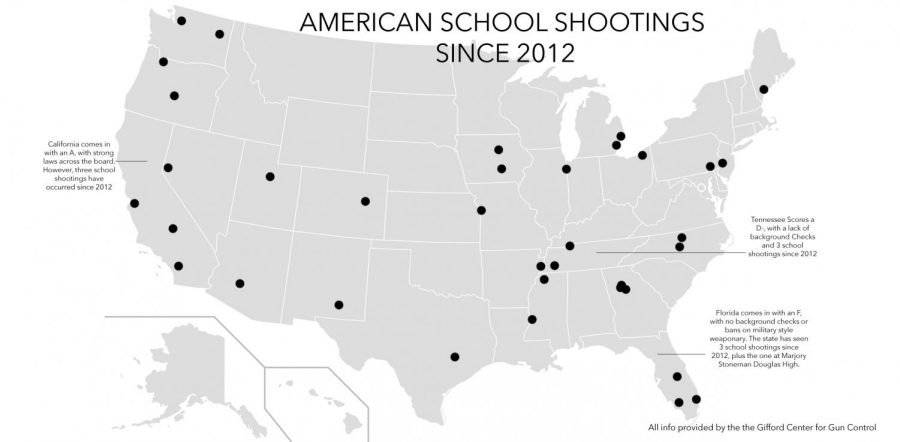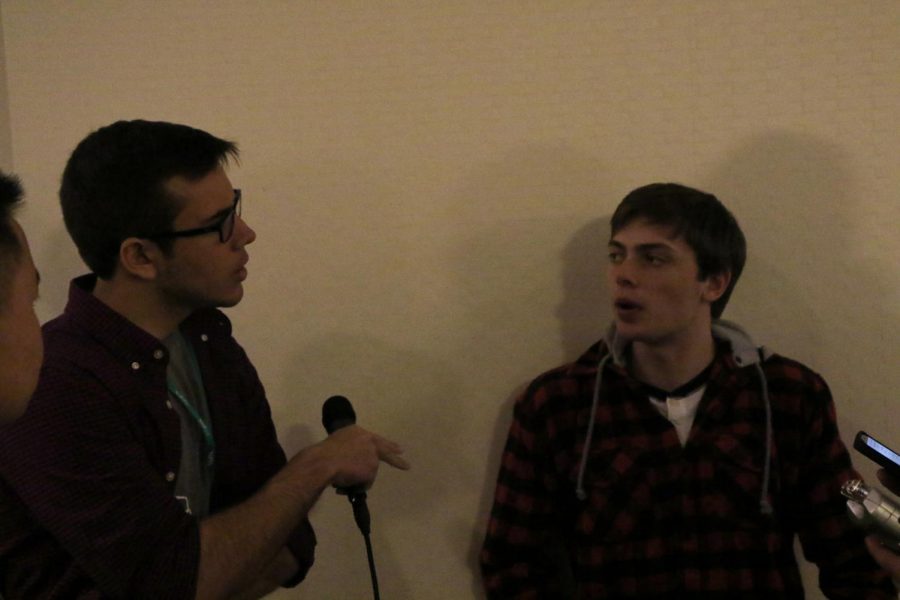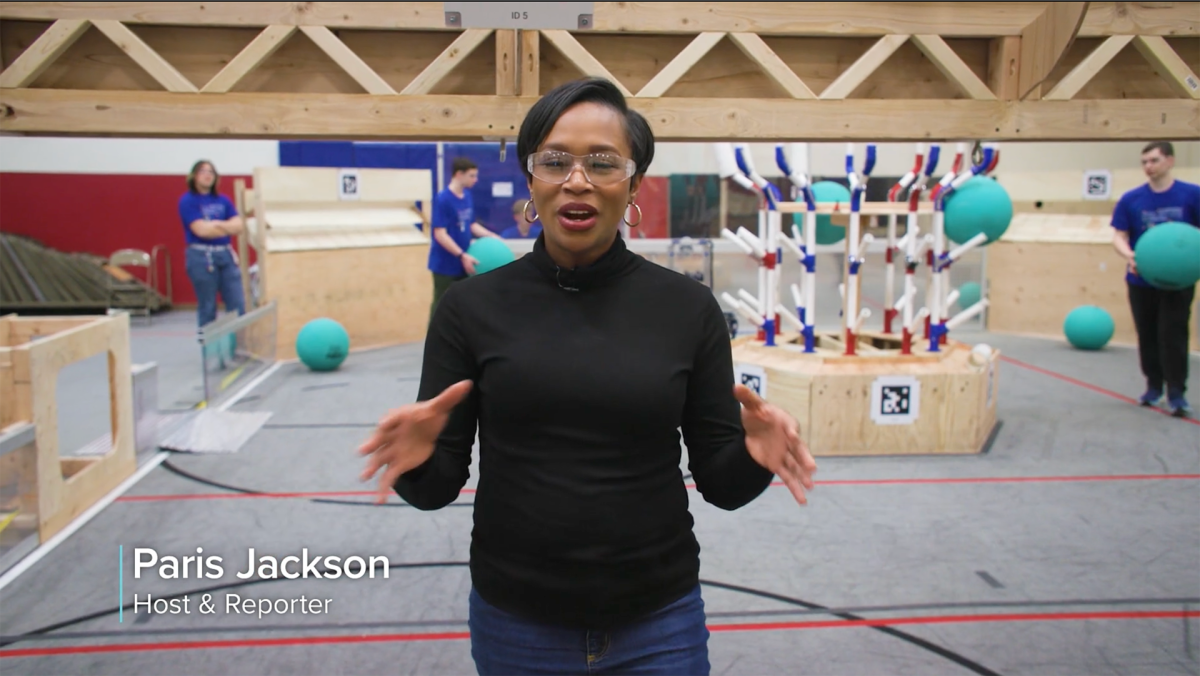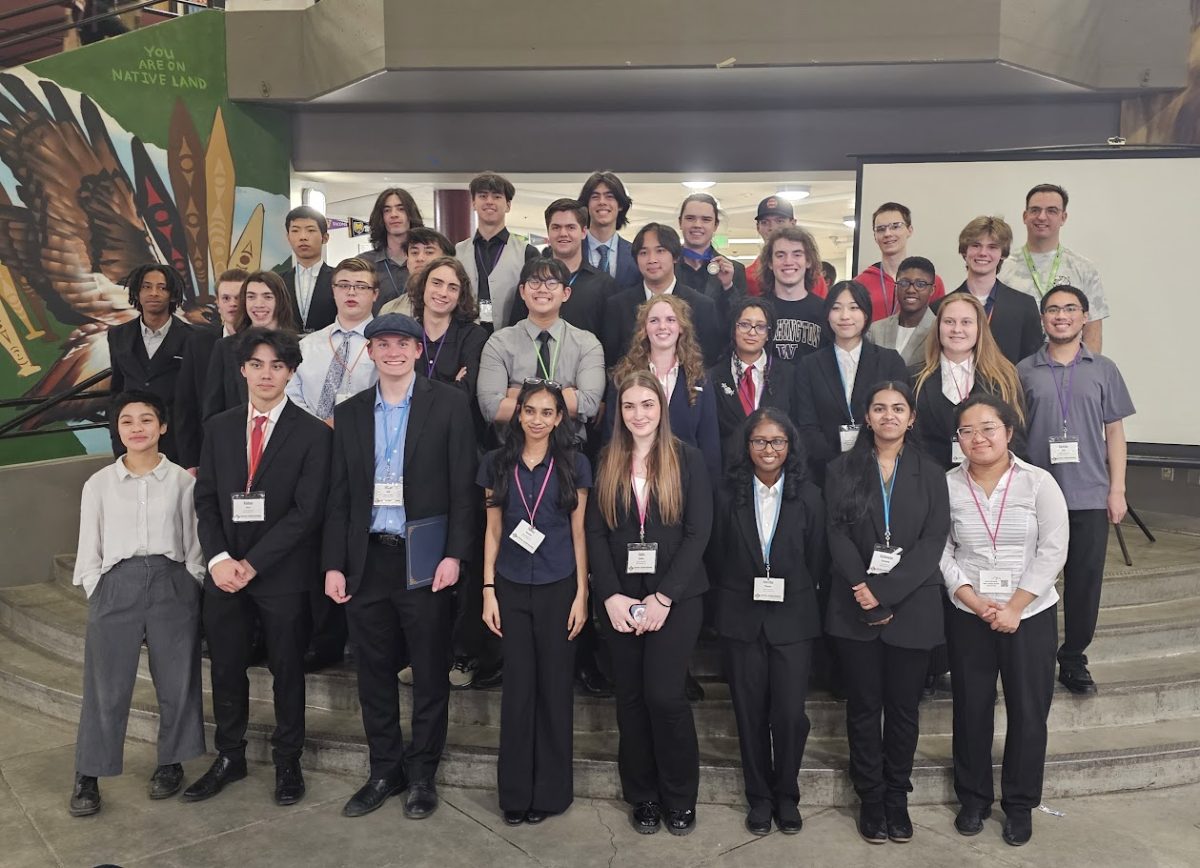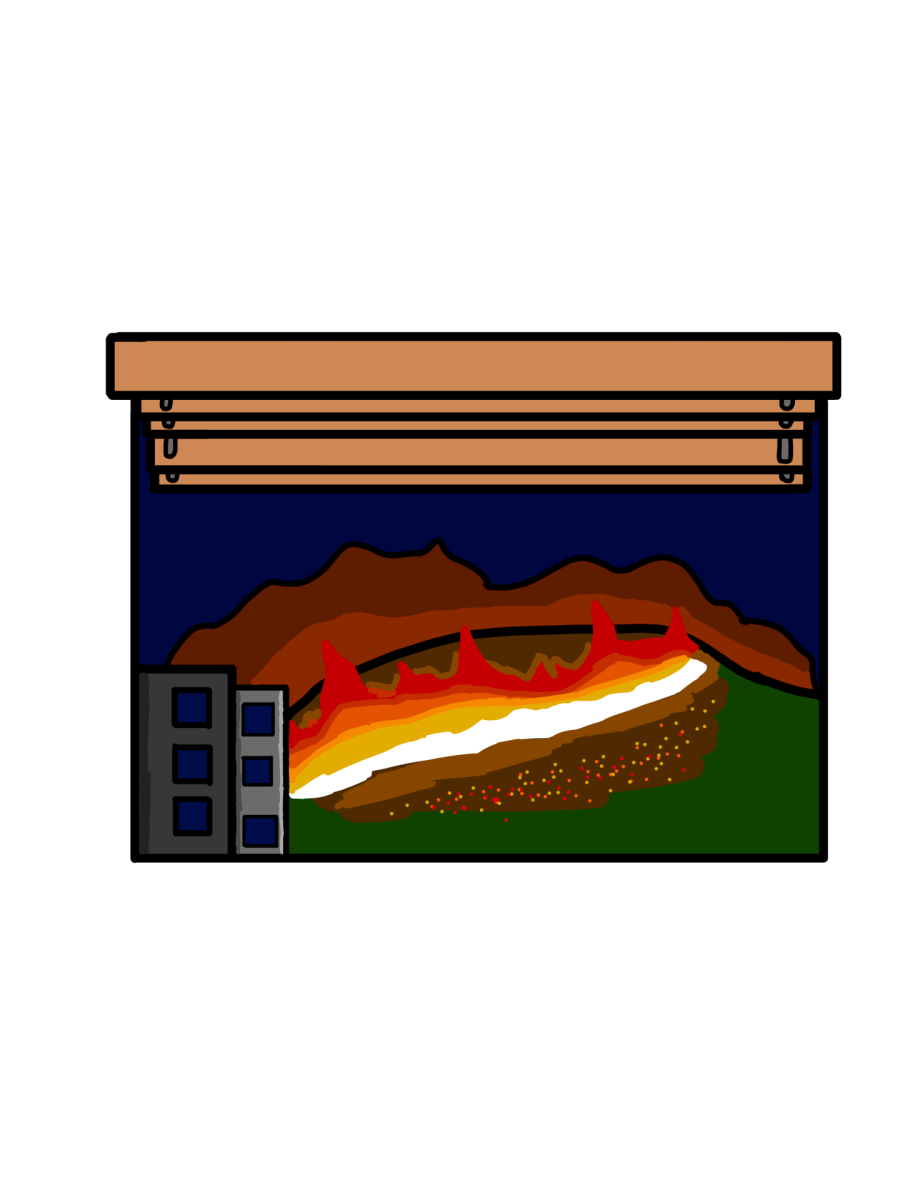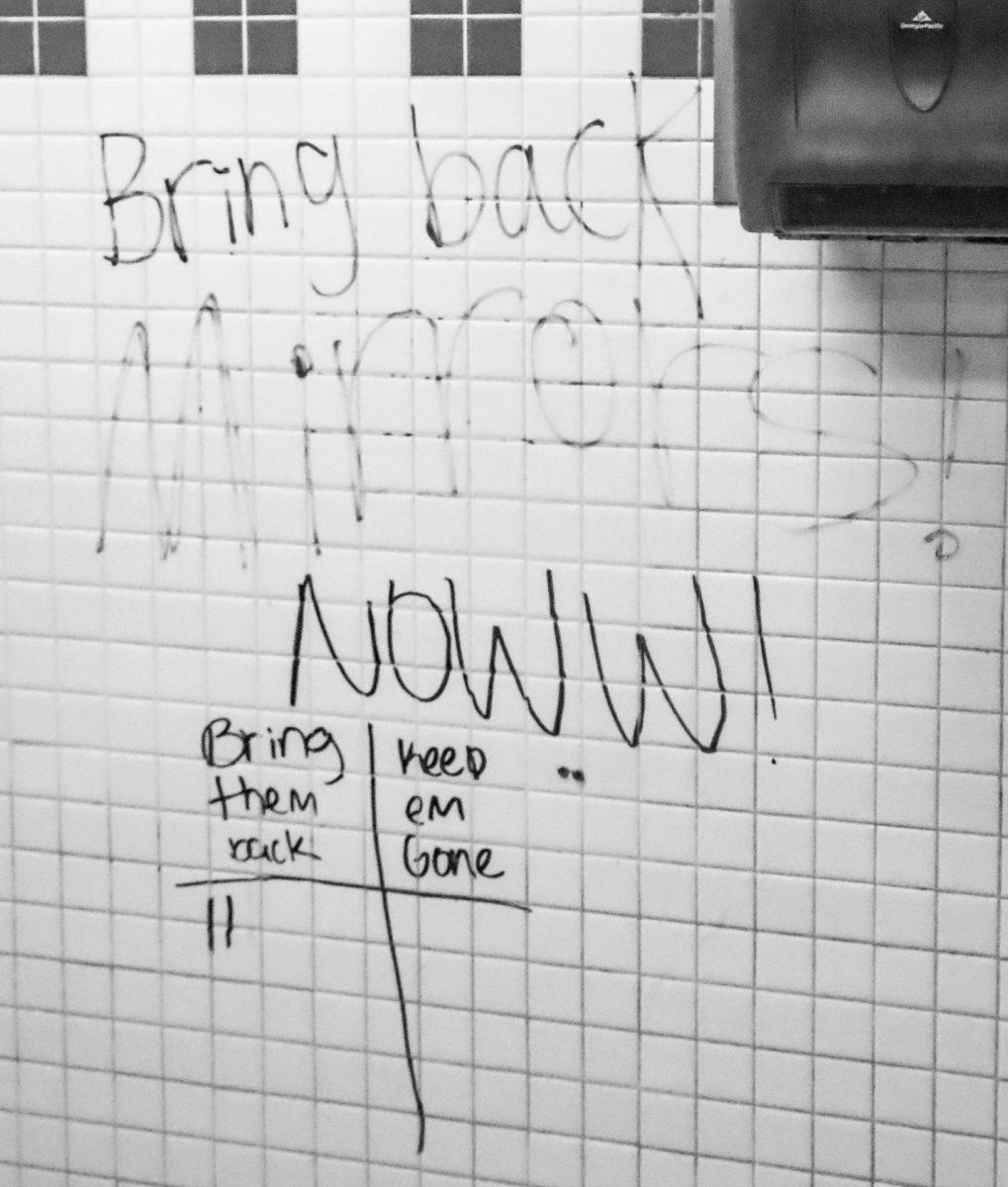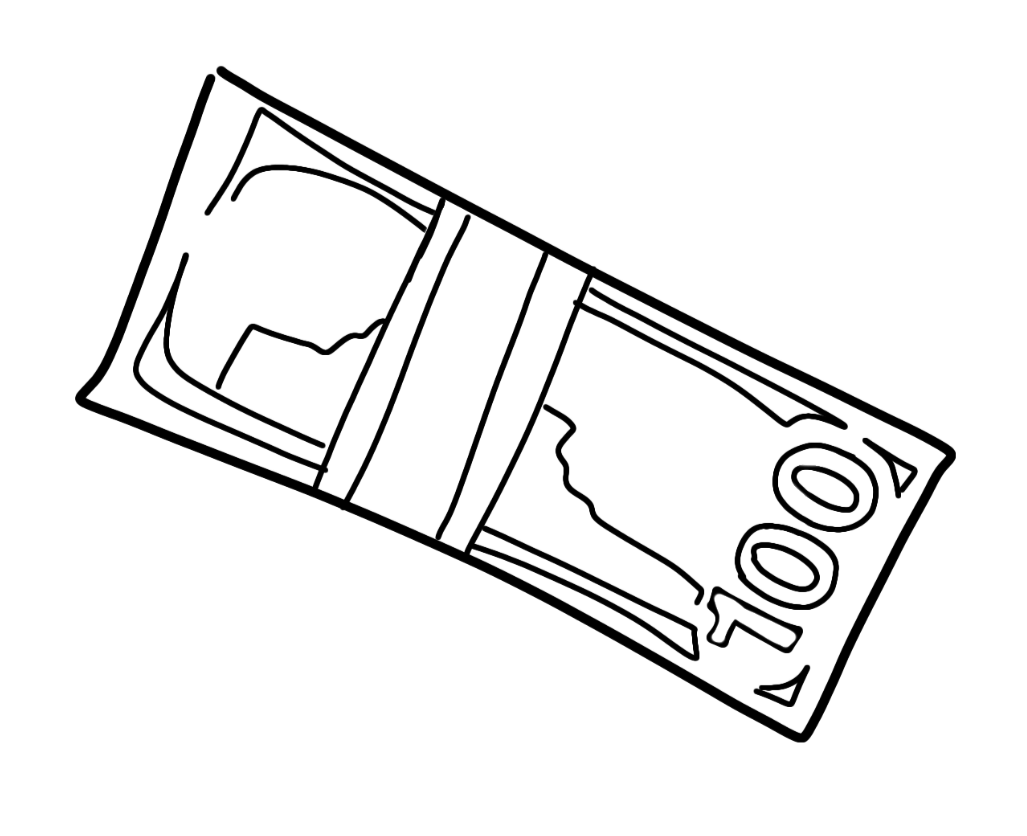Late in the afternoon on Valentine’s Day, Feb. 14, 2018, a former student entered Marjory Stoneman Douglas High School in Parkland, Florida. Armed with a legally-acquired Colt AR-15 semiautomatic rifle and “countless magazines”, he pulled a fire alarm to sow confusion, and in the ensuing panic, fired into the crowd, turning the threat of an emergency into a grim reality. In his wake were blood-stained floors, computer monitors shattered by gunfire, and seventeen dead students and faculty. Seventeen more were injured, but survived.
The reaction was immediate. The NRA’s Twitter page, normally quite active, with several tweets per day, remained silent for six days after the shooting, mentioning neither it nor the survivors or victims. President Donald Trump tweeted “prayers and condolences”, saying “no child, teacher, or anyone else should ever feel unsafe in a public school.” The next day, President Trump implored students suffering from mental or emotional problems to speak out. Florida Governor Rick Scott offered “thoughts and prayers” the day of the shooting. Over the next few days, Governor Scott kept his Twitter active, talking about emergency meetings to keep firearms from the mentally ill.
But to survivors of the MSDHS shooting, the Twitter talk and focus on mental health was not enough. “If all our government and President can do is send thoughts and prayers,” said MSDHS senior and shooting survivor Emma Gonzalez at a Feb. 17 gun control rally, “then it’s time for victims to be the change that we need to see.”
The day after the shooting Feb. 15, MSDHS junior Alex Wind met with Cameron Kasky and Sofie Whitney, both juniors. That night, just before midnight, they launched the #NeverAgain facebook page, a “central space” for “all of us to come together and change this.” Bringing on board fellow survivors such as the now nationally-known Emma Gonzalez, David Hogg, and Delaney Tarr, the group’s message blossomed under the national spotlight. Gonzalez’s impassioned Feb. 17 speech, “[calling] BS” on anti-gun control rhetoric, pledging to “be the last mass shooting,” refusing to “be another statistic,” and promising to “change the law”, went viral.
“They’ve been using their words and using political double talk as much as they can,” said MSDHS senior Ryan Deitsch, “and it’s not a weapon that I want them to be able to use anymore. They can walk around any question they want, but the more they don’t act, the more they don’t deserve to be in office.”
The group’s meteoric rise to national prominence was due in large part to their adept use of social media. Taking after the President, the students, whom Time described as “social-media natives”, used social media like Twitter as their weapon. MSDHS junior Sarah Chadwick’s profanity-laden tweets have been the subject of much attention. Chadwick has described the President as a “price of s**t”, accused Marco Rubio of being “easy to buy” and “three 8-year-olds in a trench coat”, and attacked President Trump’s proposal to arm teacher to combat school shootings. The Washington Post also noted the group’s building of connections between other activist groups, saying that “maintaining sustained coalitions can be key in determining whether mass movements succeed in the end.”
The national impact of the group’s activities is clearly being felt. In the wake of the shooting, and under pressure from the public spurred in no small part by the #NeverAgain activists, large stores like Wal-Mart, Kroger and L.L. Bean raised the minimum age for gun purchase in their stores to 21 years of age. Dick’s Sporting Goods stopped the sale of assault weapons entirely. The March For Our Lives, a national demonstration in support of tighter gun control, brought 200,000-800,000 marchers to Washington, D.C., according to estimates by CBS and NBC. “You can hear the people in power shaking,” said MSDHS student David Hogg. “To the leaders, skeptics and cynics who told us to sit down, stay silent and wait your turn: Welcome to the revolution,” said Kasky.
The march was not held in just one city. The Washington Post estimates that across 763 locations, about 2.2 million people were mobilized. In New York City, Mayor Bill de Blasio estimated on Twitter a turnout of 175,000 for a movement that he said had “JUST BEGUN.” According to Heavy, 20,000 people showed up in Parkland, Florida, the location of the shooting itself. The Seattle Times reports that over ten thousand people RSVPed to the Seattle event on Facebook. Across the nation, small counter-protests also cropped up. In Salt Lake City, according to the New York Times, demonstrators waving flags and carrying handguns held signs saying to “SHOOT BACK” at mass shooters. Protestors and counter-protestors in Boston verbally attacked one another before police intervened.
The specter of gun violence has haunted schools for far too long, students say. According to the New York Times, 239 shootings had occurred on school campuses when school activities were in session between the 2014 Sandy Hook shooting and the massacre in Parkland, leaving 138 dead. As a result of the activities of the #NeverAgain activists, students across the nation have spoken out in support of tighter gun legislation. San Francisco sixth grader Dylan Dodson, who had been participating in lockdown drills since age six, told her local CBS station that “I should be the one to be able to say I don’t want to have to worry about guns at six years old.” An MTHS student last year made a post on Instagram with a picture of rifle bullets with the caption “Be prepared”, frightening students and prompting an emergency expulsion of that student. At MTHS, lockdown drills are practiced every few months, with classroom doors locked, students lining the walls, and lights being turned off.
But not everyone agrees with the #NeverAgain movement. Woodgrove High School lies in Purcellville in Virginia, a swing state where people on both sides of the issue are in abundance. Though Purcellville lies in Loudoun County, which voted 55 percent Democratic in the 2016 presidential election, neighboring Fauquier county voted 59 percent Republican in the same election. “I think [the #NeverAgain movement] is bringing certain people together, but for other people, there’s a straight divide, because there’s a lot of people in our community that are for guns,” said to the Hawkeye one student from Woodgrove. “A lot of people don’t interpret [the MSDHS shooting] the same way,” said another.
The #NeverAgain activists have drawn criticism from many corners of the pro-gun establishment. Colion Noir of the National Rifle Association, whose close ties and donations to many legislators the activists have criticized, accused the media of ignoring the case of Deputy Blaine Gaskill, a school resource officer from Maryland who fatally wounded a school shooter before they could kill anyone. Noir charged that if someone like Deputy Gaskill had been present at MSDHS when the shooting occurred, “nobody would know your names.” Fox News host Laura Ingraham accused MSDHS student and activist David Hogg of “whining” over being rejected from colleges. In response, many key advertisers like Nestle and TripAdvisors pulled their support from her show.
The work of student activists like Wind, Kasky, Whitney, Hogg, and Gonzalez is not done. The MSDHS students continue to be active on social media and in planning events to prevent future gun violence. But, according to Rhiannon Rasaretnam, a senior at Tahoma High School in Washington and organizer of the Seattle portion of the March For Our Lives, “now, we are taking action to ensure that the next generation doesn’t have to grow up with active shooter drills and faced with the reality that they and their classmates could be killed.”
A podcast with students from across the nation is available on YouTube here.


